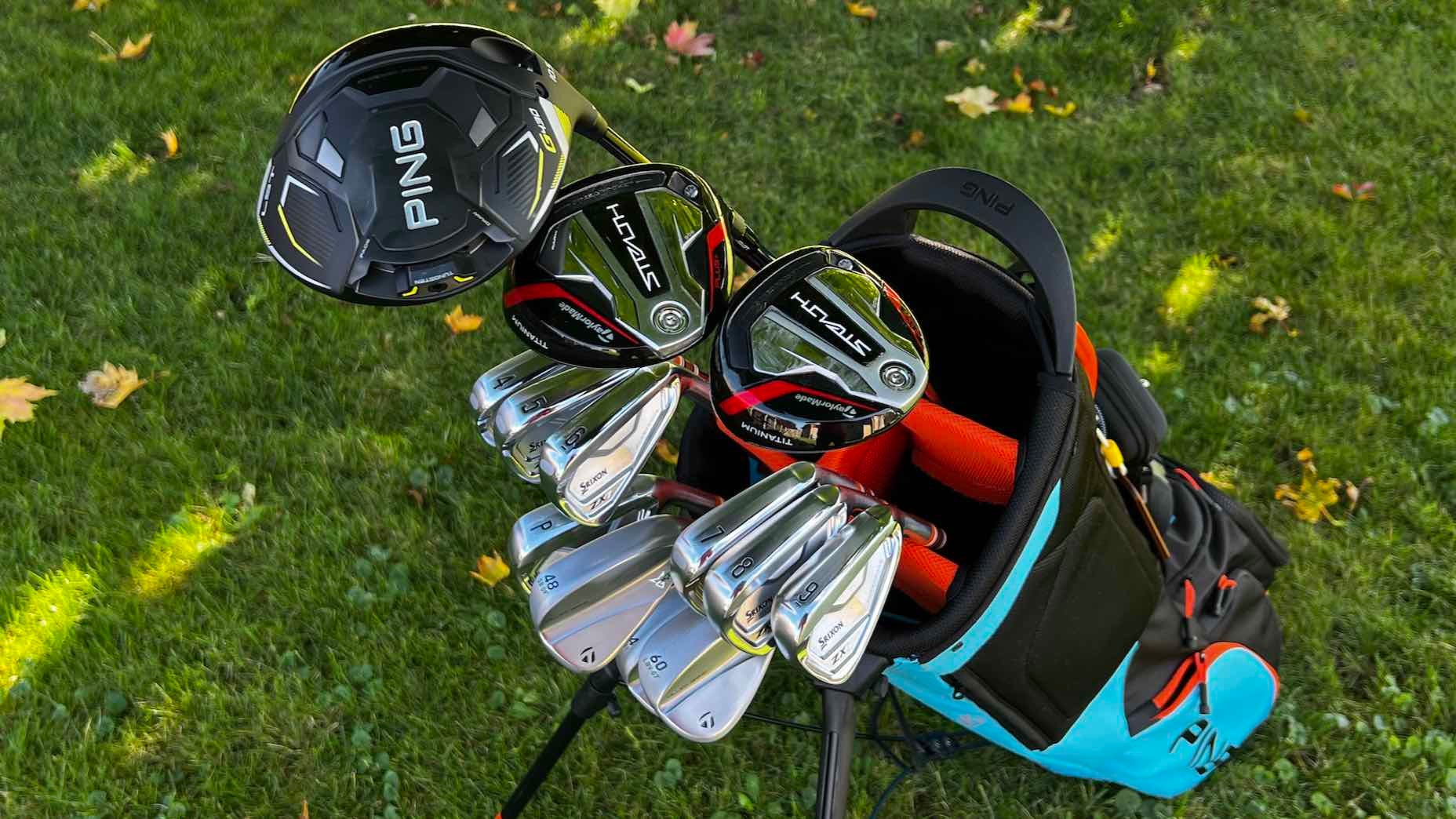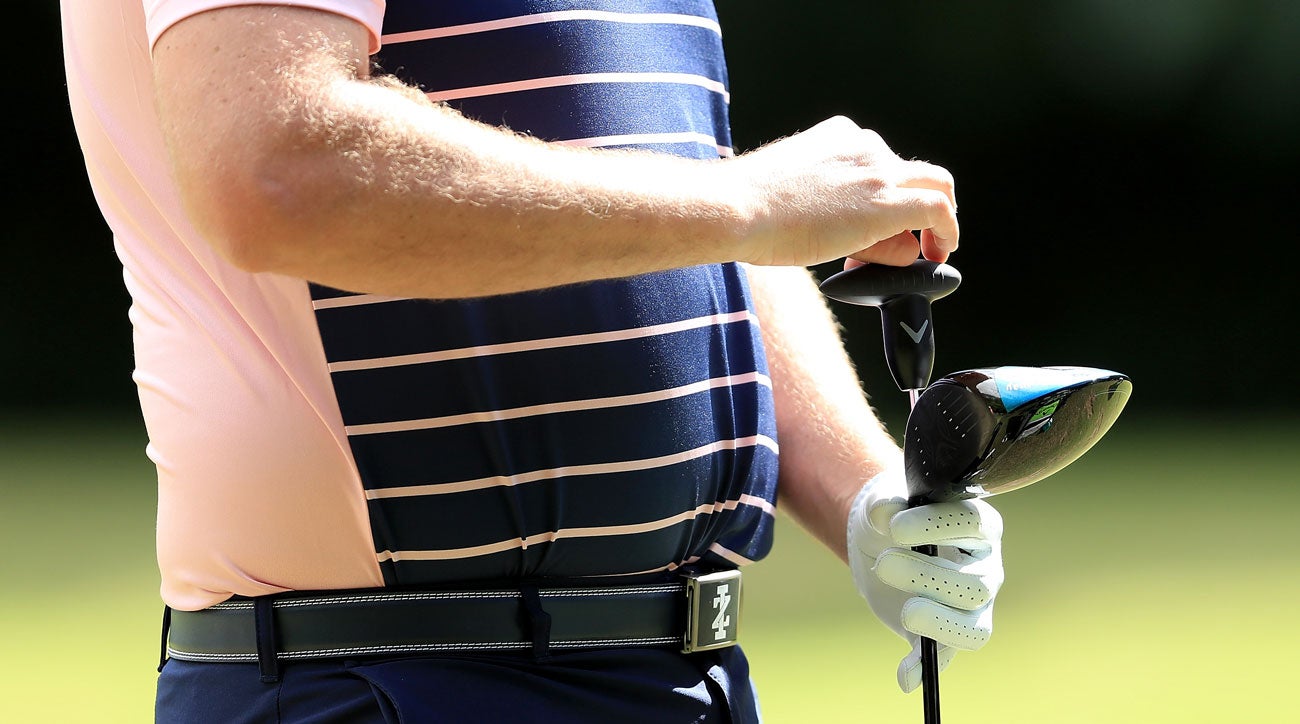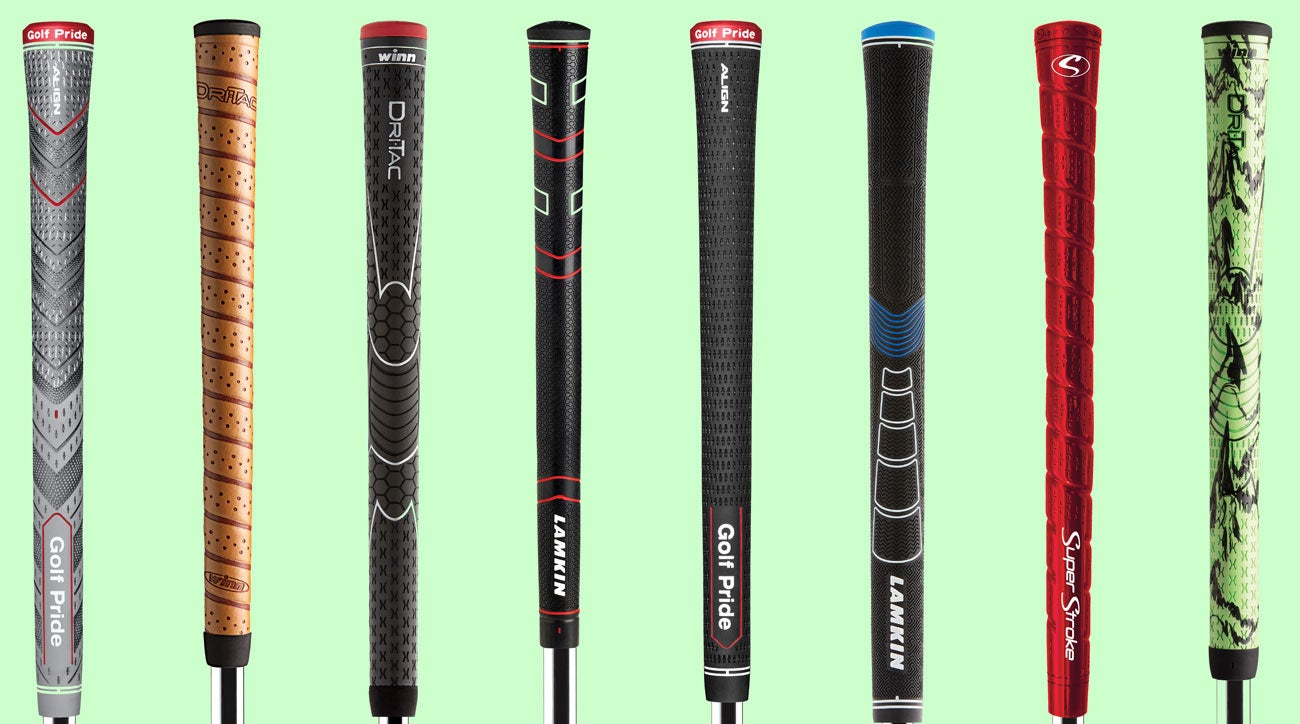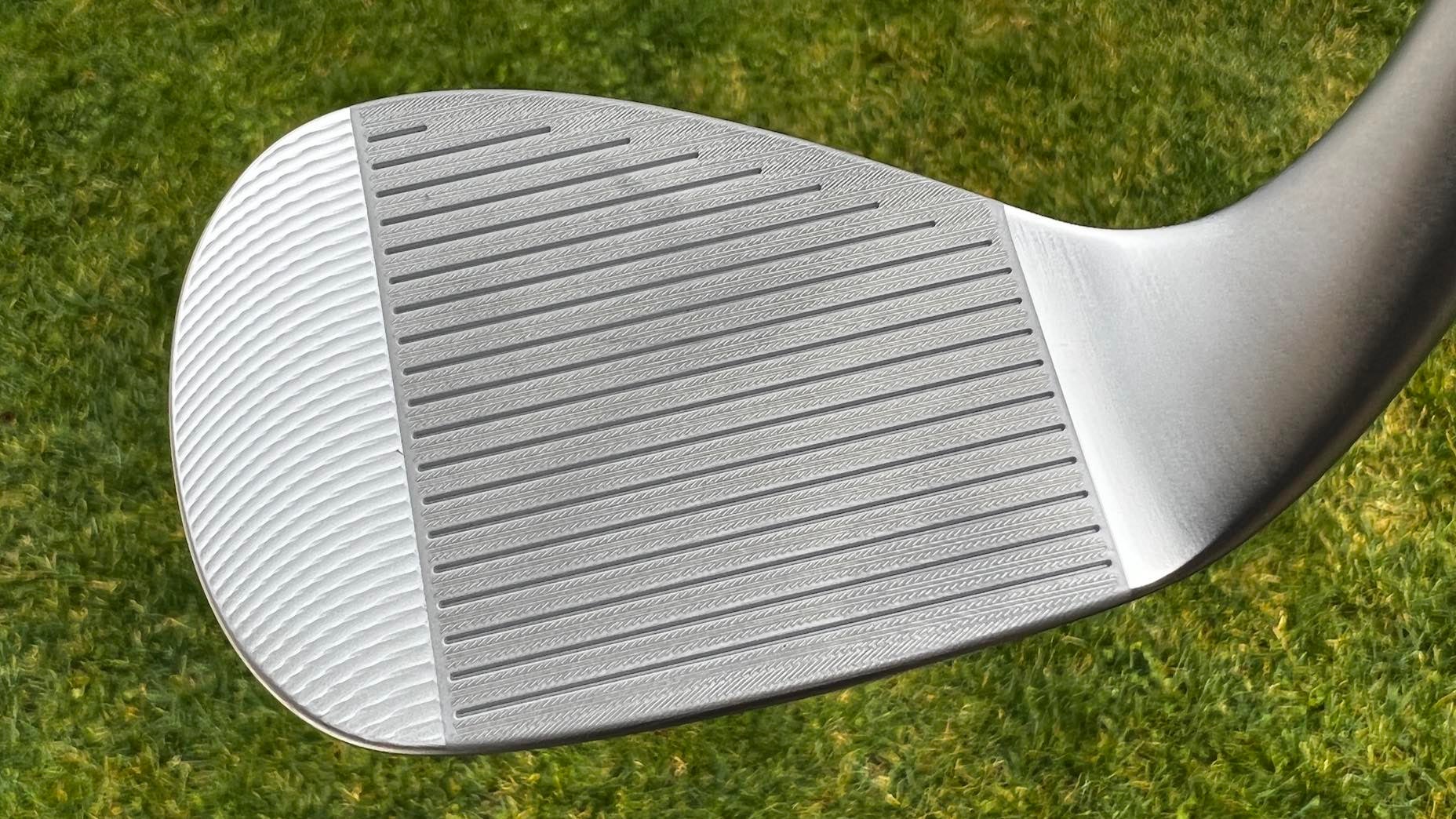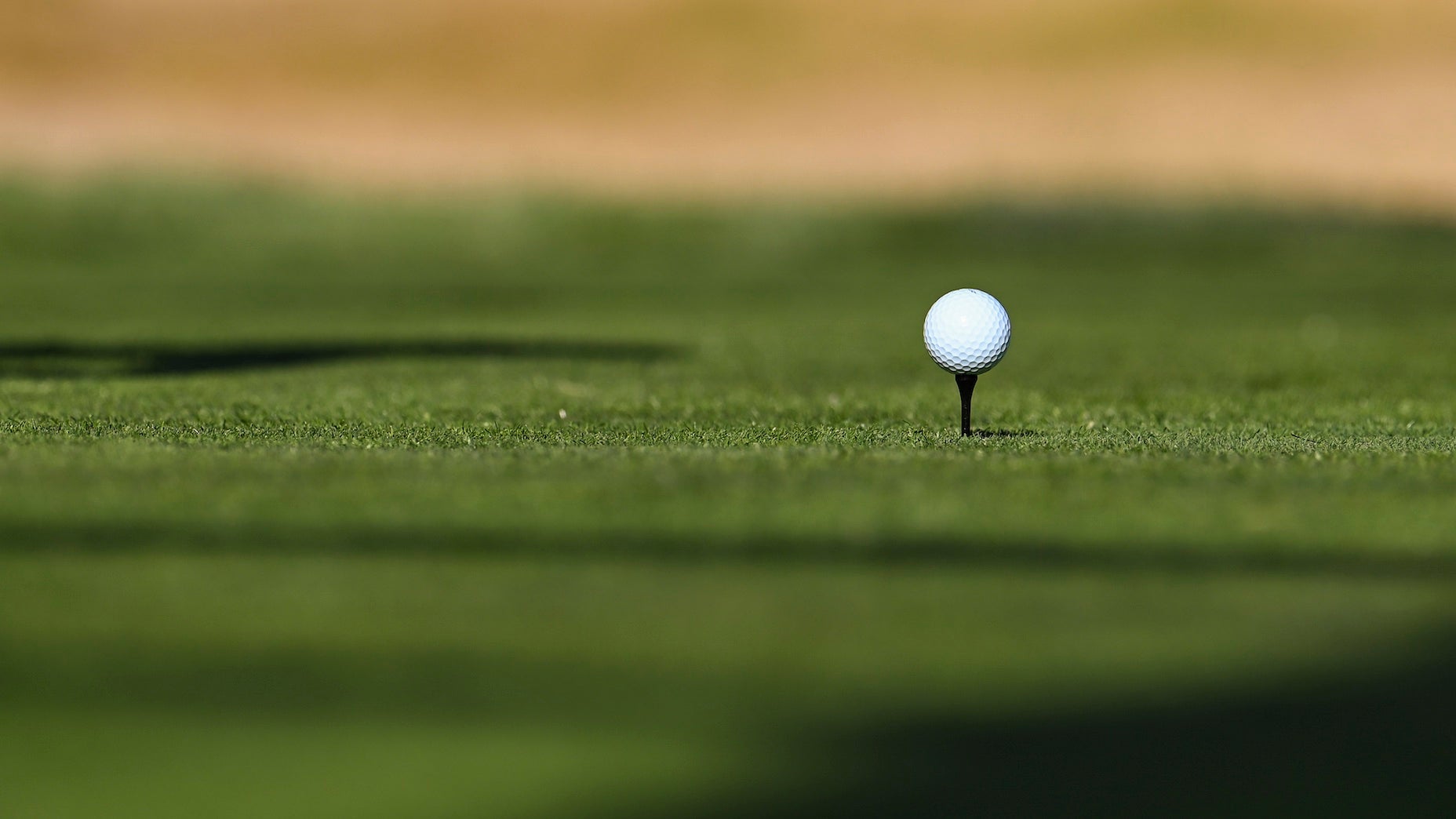Welcome to Gear Questions You’re Afraid to Ask, a GOLF.com series produced in partnership with Cleveland Golf. This week we look at the advantages and disadvantages of a longer driver shaft.
***
Let’s get one thing straight: Every golfer, no matter how far you bomb it, would take more distance off the tee. And until we get to the point where everybody can regularly drive the ball 400-plus yards, I don’t foresee a time in our lifetime where any of us grow content with how far we hit it.
More distance is like a drug we can’t get enough of, and even when we do, there’s always room for more.
So then, how do we get more of that sweet, sweet distance?
There are a few ways you can post some yardage gains. The first is to improve your swing/swing faster. Doing this may require time with a swing coach and maybe also a personal trainer to develop a faster motion through the ball. The second way to add power is to get your clubs optimally fitted for your swing. This means getting your shafts dialed in perfectly for your tempo and your lies/lofts adjusted so you’re hitting the sweet spot as often as you can. After all, solid shots struck off the sweet spot always fly faster than off-center strikes (more of this later in the article).
The third way is what we’re going to talk about. It feels a little like cheating because you really don’t have to do much to improve your swing or even your propensity to hit the sweetspot. All you have to do is add length to your club shafts. And the longer the club, the faster you swing, right?
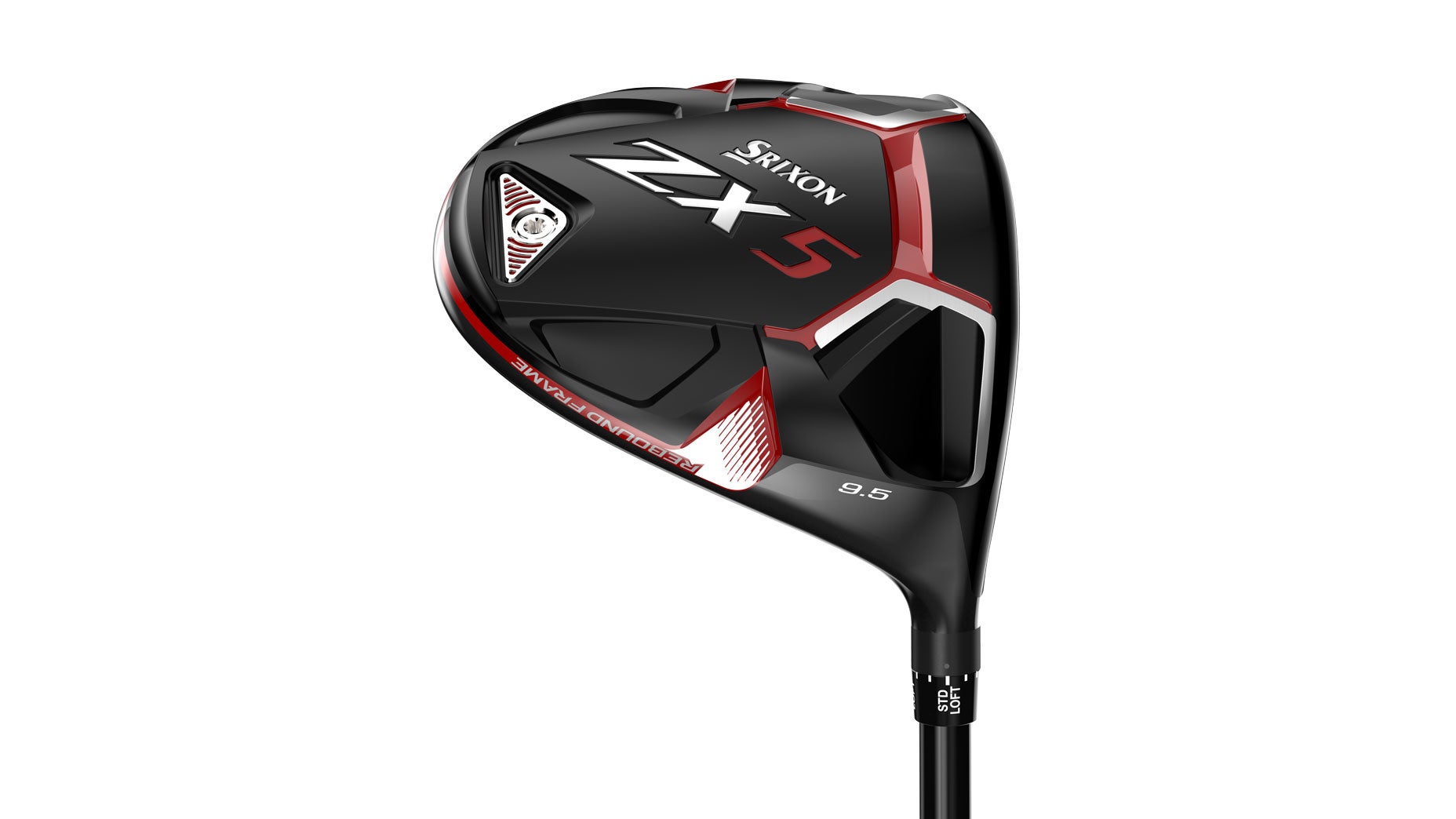
Srixon ZX
Yes, but added length is not always a good thing.
Adding length to your driver, woods, hybrids or even your irons can, in theory, help you add more distance to your shots. But it’s not without a few repercussions that may or may not affect your overall ability to shoot lower scores. Let’s look at a few key pointers about what adding club length means and how it can help or hurt your game.
1. Adding length works perfectly — if you’re a robot
On average, it’s safe to assume that every inch added to your driver shaft will equate to roughly a 1 mile per hour increase in your clubhead speed. And for every 1 mile per hour increase, you’ll gain about two or three yards off the tee. This is so long as you maintain the same swing effort and strike the ball dead square on the clubhead’s center of percussion (i.e. the sweet spot).
Robot testing makes it easy to see this and it’s irrefutably true — longer clubs mean wider swing arcs, which means the club has more room to accelerate before striking the ball. The science is real, but…
2. You’re not a robot
When you increase the length of your driver shaft, you greatly increase the likelihood of missing the sweetspot. A swing robot can be calibrated to swing perfectly each time, but the same can’t be said for you and me. Longer clubs are much more difficult to swing consistently mainly because you’re further away from the ball, effectively adding more room for error and a greater likelihood of a miss.
Also, adding length doesn’t always prove to benefit golfers like it does robots. Some players, including Tour jocks, have actually increased their distance using shorter shafts because they’re easier to swing and make solid contact more often. Granted, there are exceptions to practically any rule when it comes to club-fitting and a longer shaft might actually help you, especially if you have a flatter swing.
Try a few different lengths to see what works best before you swap shafts in your gamer driver head or buy a new driver altogether.
3. The opportunity cost to more length might outweigh the benefit
Consider this before you swap in a longer driver shaft. Missing the middle of the face, even by mere millimeters, can reduce your ball speed by 8-10 mph or more. Which, if you do the math, can amount to a distance loss of 16-20 yards and then some the further you miss the middle.
So when you add length to your shaft, ask yourself: Are those few yards gained on occasion really worth the increase in misses? Probably not.
4. No more excuses
Standard driver shafts have increased in length and hover around 45.5 inches off the rack, but shortening a shaft before you take it home is an easy adjustment and pretty much any clubfitter can get it done in minutes.
Furthermore, where you cut a shaft can make a difference. Tip trimming (down towards the clubhead) usually has a greater effect on flex and how the shaft performs and feels. But if you want to shorten a club by an inch or so, a butt trim at the grip end won’t affect the shaft’s properties that much. (It might make the shaft a smidge stiffer, but it’s usually negligible.)
So instead of using a driver that’s 45.5 inches, try one that’s 44.75. That three-quarters-of-an-inch may be just enough to help you hit more solid drives and better yet, you probably won’t even notice it’s a bit shorter.
5. Quick fix
Need a quick boost in distance but don’t want to mess with your gear? Try switching to a different golf ball. Switching golf balls can affect your distance tremendously — and in today’s market you can add distance off the tee without sacrificing feel or greenside spin.
A good example of this is to consider Srixon’s tour-caliber Z-Star and Z-Star XV. The Z-Star is primed for added spin and maximum control. The XV spins almost as much as the standard Z-Star does around the greens, but off the tee spins less and promotes a flatter launch for more distance. That small tradeoff in shotmaking playability may be just what you need to add more firepower off the tee and hit more bombs.
Want to overhaul your own bag for 2021? Visit the expert fitters at affiliate partner True Spec Golf. For more on the latest gear news and information, make sure to check out our recent Fully Equipped podcast in the Spotify link below.




